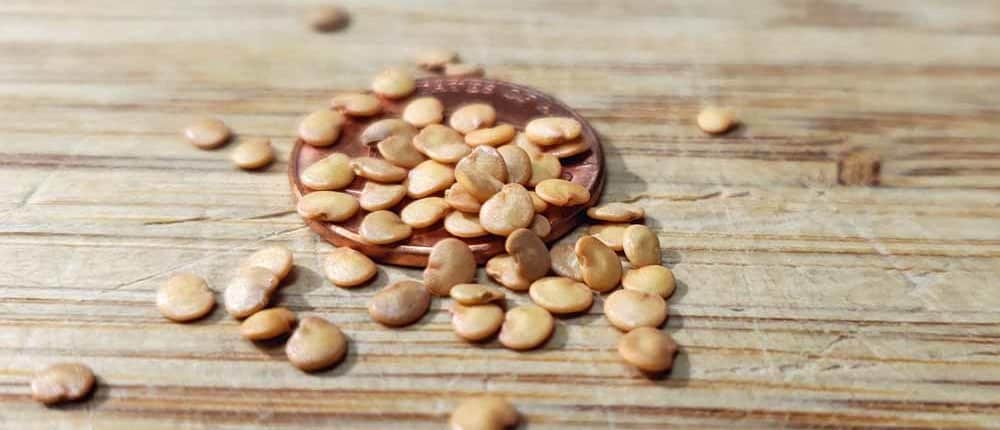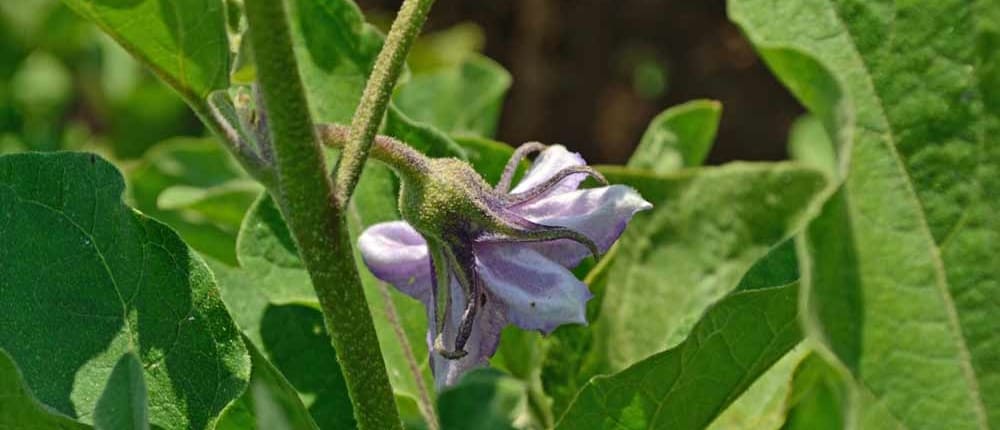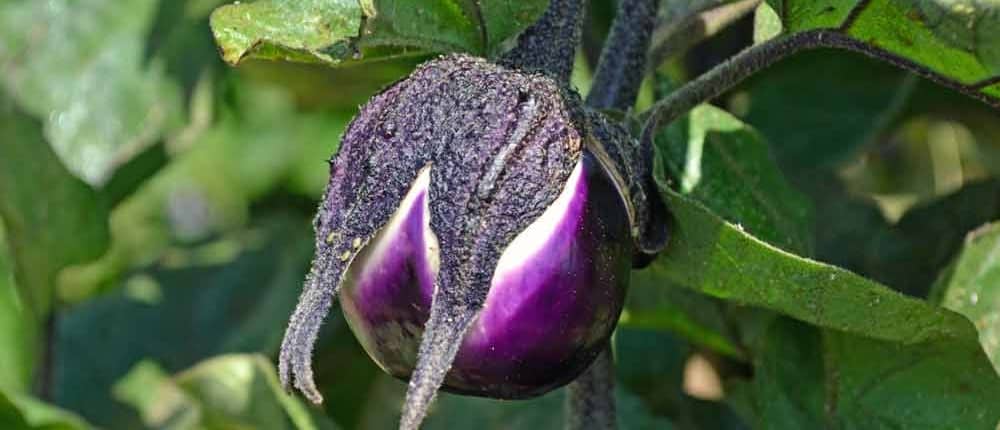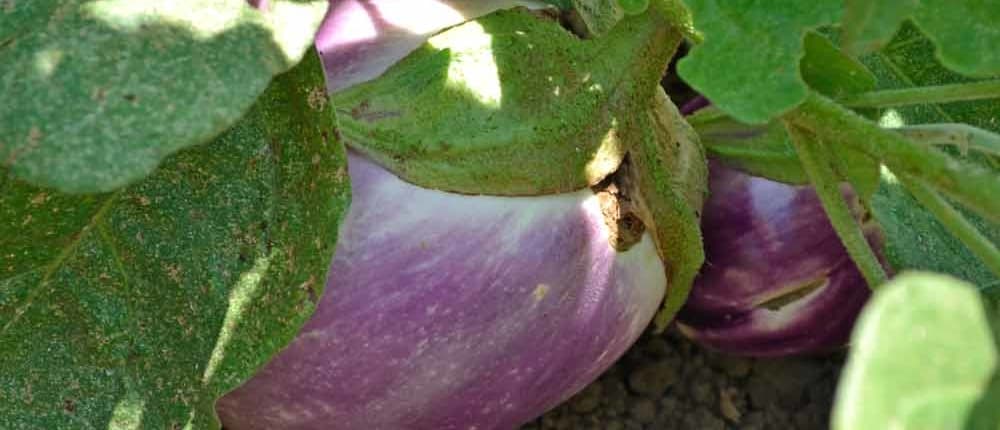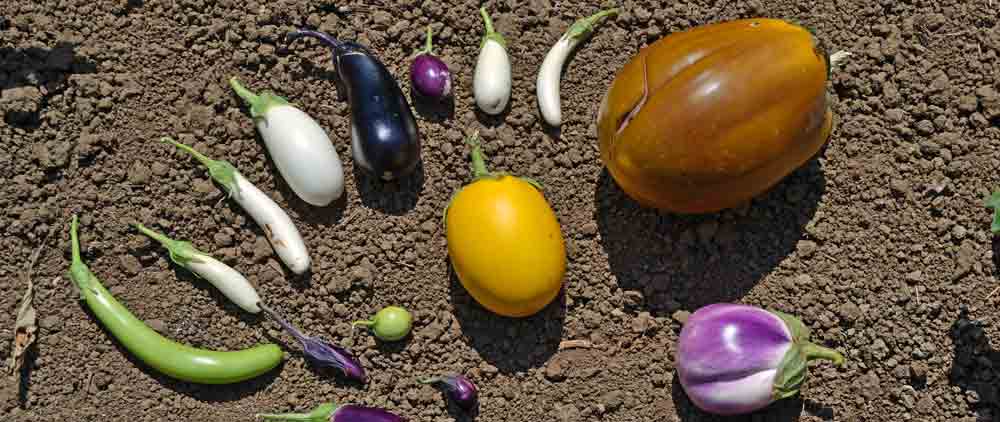Soil Elixir Jump-Starts Your Garden’s Soil
One of the most anticipated times of year for gardeners is Spring, with the attendant planting season. Everything is new and fresh, a chance to start over and improve on last year’s garden. A big subject for gardeners is what to do with the soil to prepare it for planting. If you have been reading our articles over the past several years, you know we advocate building the health and vitality of the soil in a natural, biologically safe manner. Soil becomes healthier, more productive, and disease, weed, and pest resistant. It results in an upward spiral where the garden gets better year after year.
Here is a unique recipe for a spring garden elixir that is easy to mix, completely non-toxic, and hugely beneficial for jump-starting your garden’s soil and getting it ready for planting. It comes courtesy of Crop Services International, which has over 35 years of experience helping growers accomplish their goals. They provide a Non-Toxic/Biological/Sustainable approach to growing food, from a full-scale commercial farm to the home gardener. We have read “The Non-Toxic Farming Handbook,” which they wrote to educate ourselves on improving our knowledge and approach.
This recipe is based on a 20′ x 50′ garden or 1000 sq. ft. Adjust for your garden size.
Before You Start
This recipe and applications assume an average garden soil that is basically good but could use some help.
It works in fertile soils by subtracting the lime or gypsum application, adding compost before spraying the elixir.
It helps very poor soils, but won’t give as much effect.
Preparing your garden beds for the elixir will require a couple of things.
First, evenly spread a 50 lb bag of high calcium lime (for acidic soils) or gypsum (for alkaline soils) across your beds. Your local garden center should have this. If using lime, it should be high calcium lime with as low magnesium as possible. 5% or less is great, up to 10% is acceptable, but nothing over 10%. The higher magnesium percentage releases excess nitrogen into your soil, greatly decreasing its fertility. It also overloads both the chemical and biological processes of your soil. Do not buy Dolomite lime, as it has too much magnesium.
Then, follow with 100 lbs of rich, aged compost, spread evenly across your beds, about 2 full-sized wheelbarrows. This can be purchased or from your own compost pile. Again, the best is made by you, and it is easy – “Compost – Nourishing Your Garden Soil” has all the details.
After doing both of these, make and apply the elixir.
Notes on Ingredients
- When purchasing the fish fertilizer, if you can find one with kelp or seaweed, even better. If you want the absolute best fish emulsion possible, brew your own! Read our “Best Homemade Fish Emulsion” for the recipe and instructions.
- Blackstrap molasses is best for its increased mineral content. Unsulphured is preferred but not absolutely necessary. One of the best sources of inexpensive molasses is a feed store that supplies horses, which can be bought by the gallon for much less than at a supermarket.
- Do not buy diet cola, as the Aspartame/NutriSweet used as the sweetener acts as a chelating agent, meaning it ties up the minerals and nutrients in the soil, making them unavailable to the plants. (It also does the same thing in your body!) The cola has Phosphorus to add to the mix along with sugars.
- The beer adds B vitamins – no, not vitamin Beer!
- The Borax powder adds Boron, one of the most important elements in the biochemical sequence of plant growth.
- Cranberry juice is full of vitamins and minerals, acts as an antibacterial agent, and has an acidic pH. Depending on how the juice is processed, it can also contain significant amino acids.
This recipe is based on a 20′ x 50′ garden or 1000 sq. ft. Adjust for your garden size.
- 20-24 oz liquid fish fertilizer Home-made is best
- 1/2 cup molasses Black strap has more nutrients
- 16 oz bottle of cola – NOT DIET!
- 24 oz beer 2 - 12 oz cans, any beer works
- 1/2 cup Borax powder
- 1 qt cranberry juice – make sure to get 100% cranberry juice, not a dilution
- Mix well with a stirrer and thin with enough water to enable mixture to be sprayed with a tank type or hose-end sprayer.
Apply the mix evenly over lime or gypsum and compost base with sprayer. If needed, go back over with second application to use up all of the batch, just make sure to apply evenly.
Broad-fork or lightly rototill garden soil. If using a rototiller, don’t go more than 2 inches deep at the maximum. Most of the biological growth happens at the 2-3 inch mark and the soil is turned over an inch or so beyond what the tines reach. Tilling deeper only destroys microbial life in the soil, setting you back in your efforts to create and build biologically active soil.
It must be noted that the sprayer cannot have been used to spray any chemical treatments like herbicides, pesticides, etc. as this will put those chemicals onto your soil, killing the microbial life in the soil and feeding the chemicals to the plants, where you wind up eating them!
Seed Planting Elixir
Once you have applied the elixir and broad-forked or lightly tilled the soil, prepare your garden planning and seedlings. We have another planting elixir to use just after planting the seeds and transplanting the seedlings into the garden that we’ll share with you: In a gallon milk jug, mix 1/2 cup of fish emulsion, 1 tsp sugar (preferably raw or brown), and 1/2 cup of cola. Fill the jug with water and shake well. Apply the mixture over the seeds and transplants. Each gallon will treat approximately a 50-foot row.
This is a great start towards sustainable, biological agriculture in your own garden. Remember, though, it is just a start, a good step in the right direction. To continue to make progress in knowledge and soil health, you need to find out where you are starting from. Do more reading, ask questions, and get a complete soil analysis, not just the widely offered NPK and pH soil tests. Spend the money to find out exactly where your garden soil is, and then you can make sound decisions on where you want and need to go. Then you won’t be guessing and shooting in the dark, trying to do what is right but not really knowing if you are making positive progress.

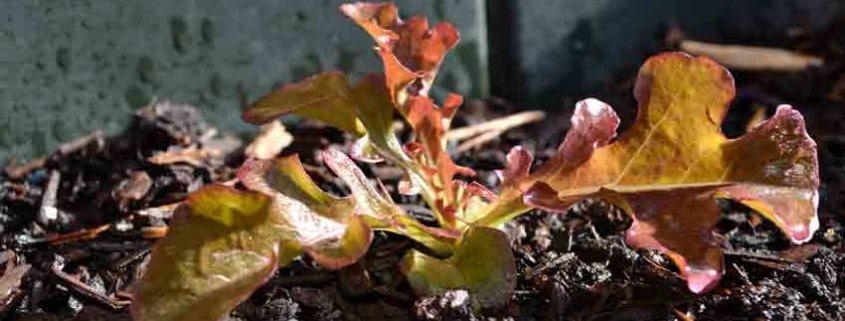
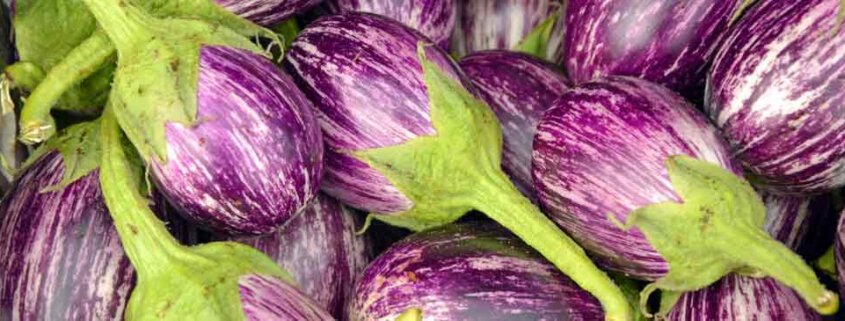 2019 Terroir Seeds | Underwood Gardens
2019 Terroir Seeds | Underwood Gardens